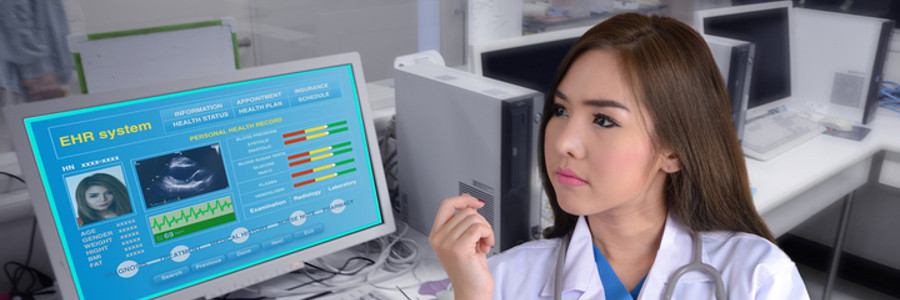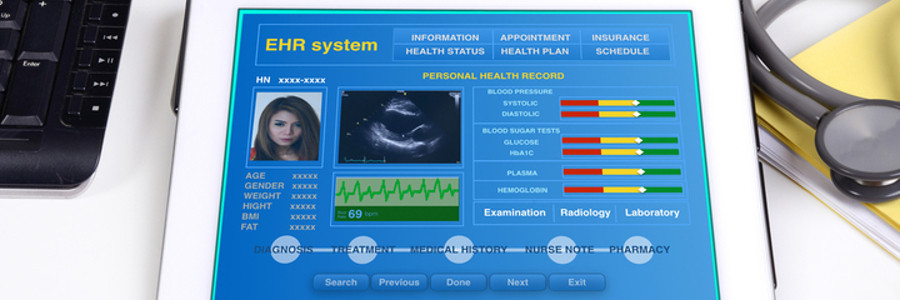Healthcare companies now realize that paper-based medical records have more drawbacks than advantages, and that it's time to switch to electronic health records (EHRs). However, while EHR systems improve the provision of patient care, they are not without their drawbacks.
Are EHR systems better than paper-based systems?
The benefits and drawbacks of EHRs

Numerous digital advancements enable healthcare organizations to address several key industry challenges, such as safeguarding medical records and providing better care management for patients. Electronic health records (EHRs), in particular, allow quick access to patient records, helping healthcare organizations diagnose patients more effectively, reduce medical errors, and provide safer care.
EHRs vs paper records: Which is better?

Is digital the way to go for the healthcare industry? Experts see no other way forward, as demonstrated by the popularity of electronic health records (EHRs). However, critics of this new recording process have pointed out major flaws that aren’t present in its traditional counterpart: paper-based recording.
What you need to know about EHR hardware

Medical history, vaccine status, lab test results, and other medical records are libraries unto themselves. Checking such files without the aid of computers can be cumbersome. Thanks to EHR, hospital staff can access these information with ease.
EHR stands for “Electronic Health Record,” and a lot can go into getting your practice ready for one of these data-sharing, network-connected, enterprise-wide information systems.
Improving healthcare data storage
Are EHRs useful?
EHR hardware: what you need to know

Computers have changed the world in so many obviously amazing ways that cataloguing them is hardly necessary. But what about the more mundane areas of business where technology has changed things, such as with assembly lines or recordkeeping systems? Digital technology has in fact totally transformed the latter, especially in the healthcare industry with something called EHR.
EHR stands for “Electronic Health Record” and a lot can go into getting your practice ready for one of these data-sharing, network-connected, enterprise-wide information systems.



